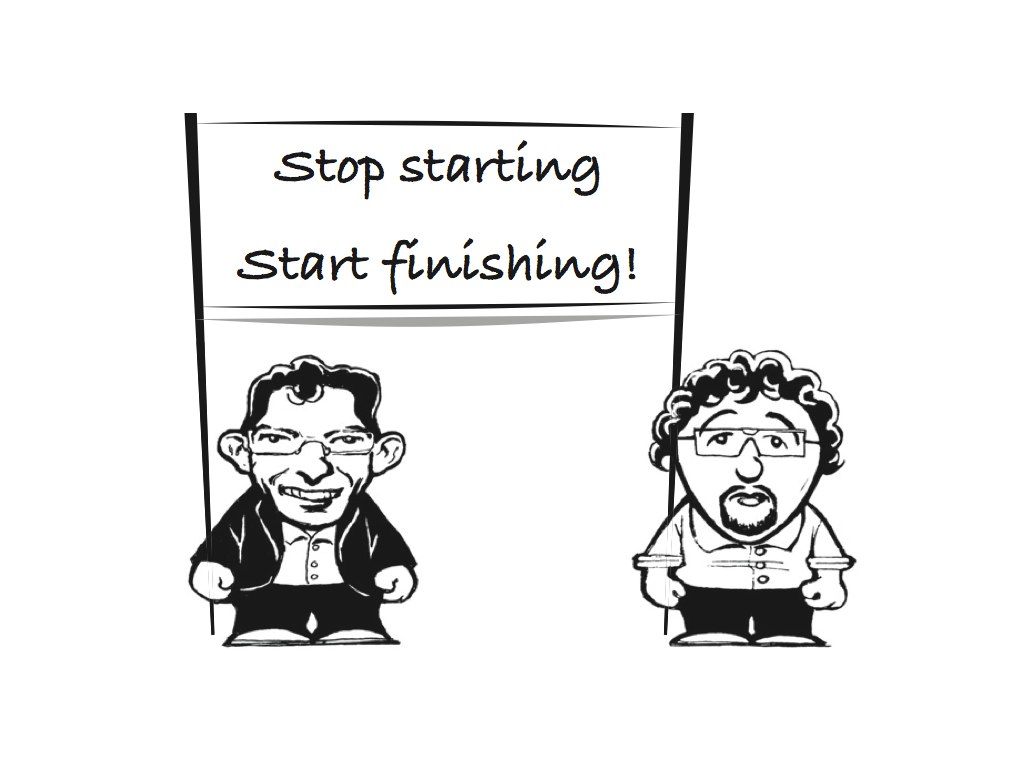Recently, I received an intriguing question from Enea Zuliani and Michele Degrassi, who, after delving into Kanban In Action, began utilizing Kanban in their work. They posed a question regarding selecting a kanban (card) to work on when all options possess identical characteristics. With their permission, I’m sharing the question and my response here.
Deciphering Kanbans
Firstly, kudos for embracing the essence of kanban as a visual card system. In the realm of lean workplaces, the term “kanban” embodies the concept of visualizing work. However, in the IT industry, its interpretation varies, often encompassing process improvement methodologies or the visual board itself. Nevertheless, the core principle remains:
The purpose of kanban is to limit the number of kanbans so that each kanban flows fast over the kanban.
Thankfully, that wasn’t the question at hand.
Crafting a Response
In essence, the query revolves around how to determine the next task when faced with multiple equal options. Here’s my response, succinctly put:
How does one discern what to tackle next?
While there are no steadfast rules, several simple heuristics can guide decision-making.

Firstly, embrace the mantra: Stop starting - start finishing. Scan the board for tasks nearing completion and contribute, regardless of ownership. Customers prioritize completed work over job titles. A pragmatic approach involves traversing the board from right to left, questioning each task’s potential for completion. Engage in tasks that foster smooth workflow and adhere to work in process (WIP) limits.
If capacity allows, opt for smaller tasks for quicker turnaround or prioritize high-value tasks. Understanding value might require employing frameworks like WSJF (Weighted Shortest Job First) for informed decision-making.
When WIP limits restrict new tasks, invest in activities enhancing future workflow, ensuring flexibility to pivot if needed.
In summary, Enea and Michele astutely suggested a simple guideline: read kanbans from right to left, prioritizing tasks nearing completion to swiftly deliver value—a notion harmonious with “start finishing,” an ethos I endorse.
I trust this perspective resonates with you, dear reader.